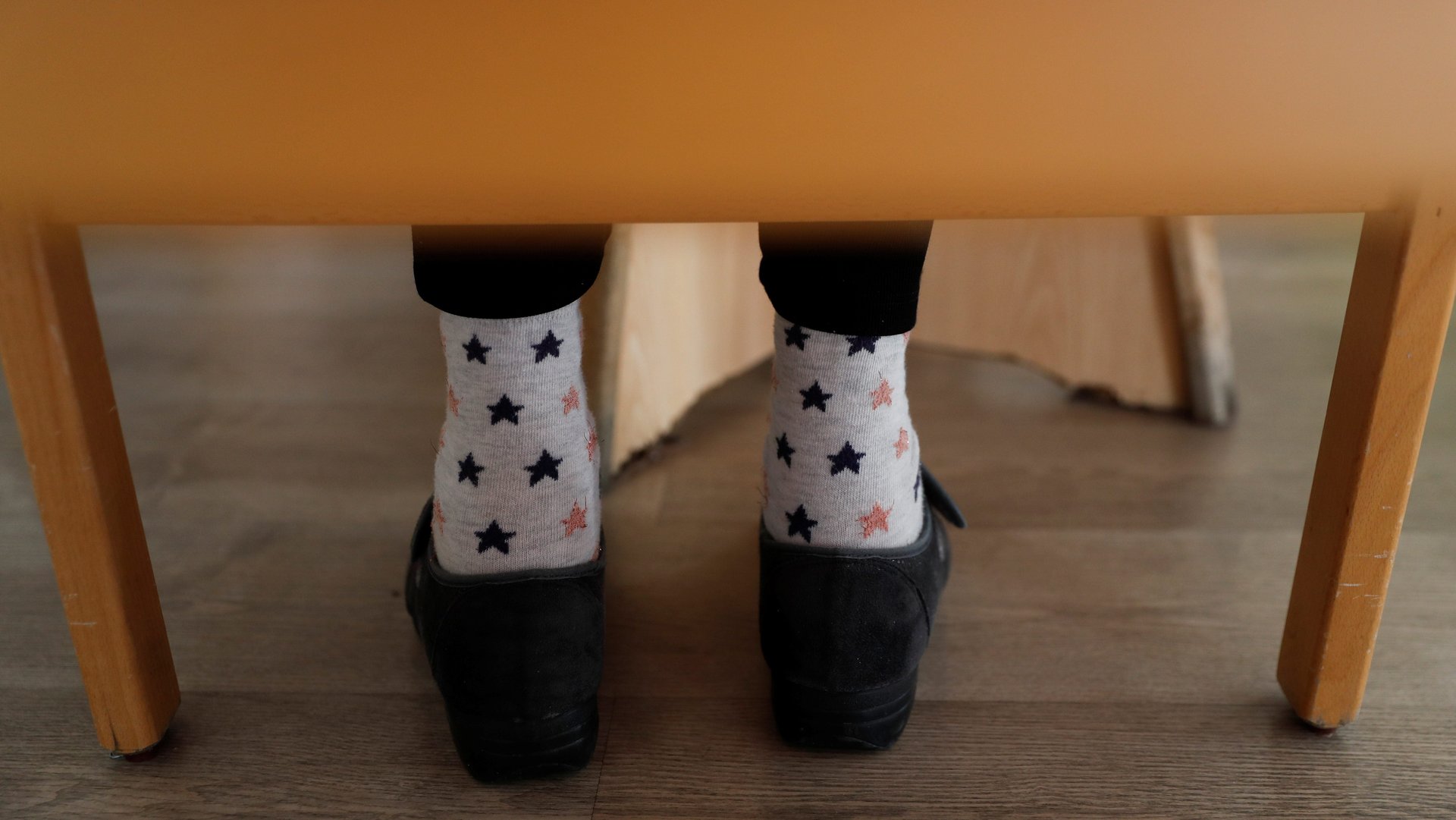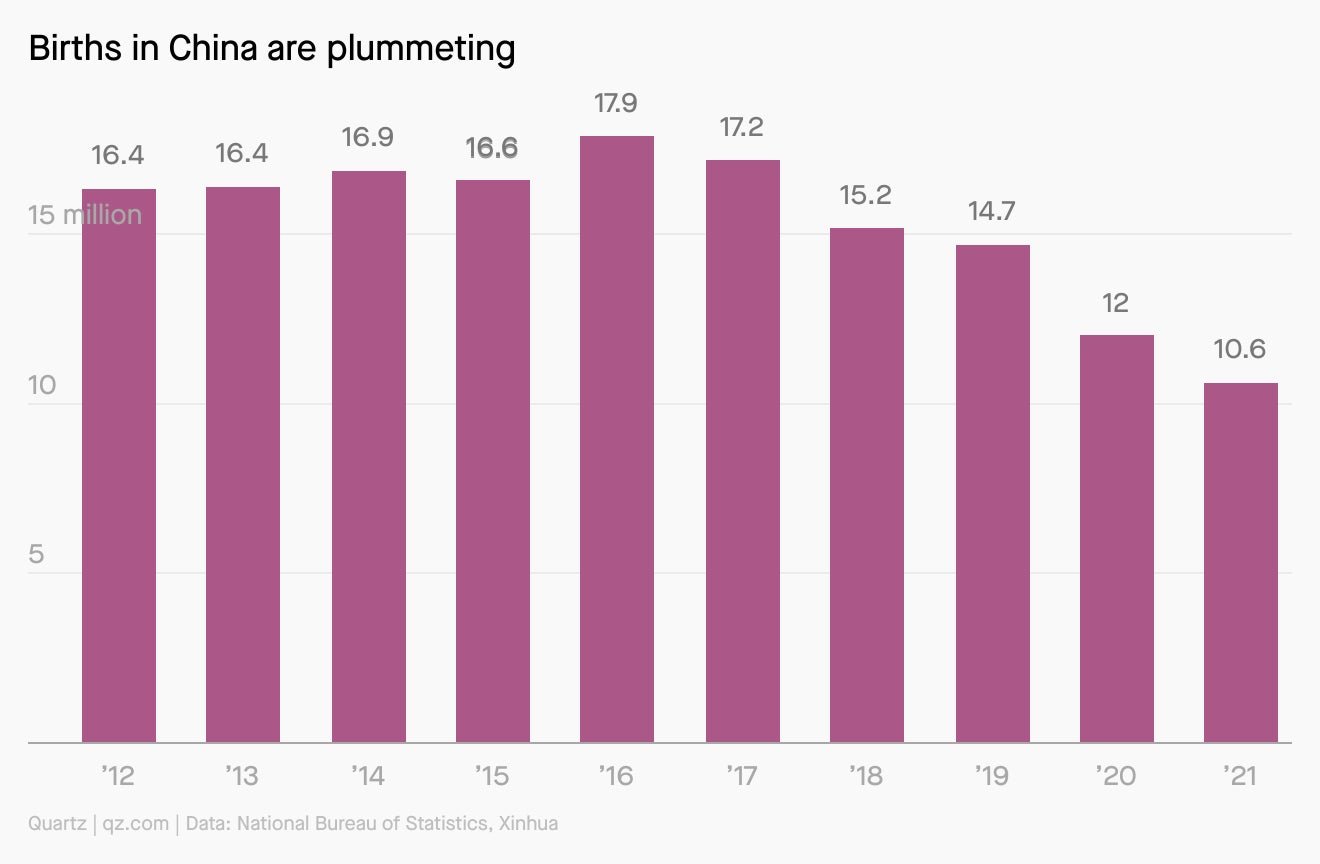Coronavirus: Shot through the heart
Hi Quartz readers,


Hi Quartz readers,
This is our last edition of Need to Know: Coronavirus. After 22 months and more than 100 emails, covid-19 has infected (sorry) almost every facet of the global economy. That’s probably why we’re all eating more cake pops, and it’s definitely why you’ll still find the most important coronavirus intel in the Quartz Daily Brief. Make sure you’re subscribed.
If you’re craving more Need to Know, don’t miss out on the next pop-up newsletter from Quartz, Need to Know: Beijing Olympics. We’ll be slaloming into inboxes a few times a week with FYIs on what seems likely to be a Very Weird Games.
In the meantime, thanks for reading! Please don’t be a stranger. ❤️
Is it getting old?
It’s fair to say the politicization of covid-19 has played a role in shaping individuals’ vaccine decisions. In the US, Republicans are less likely than Democrats to be vaccinated, and at the state level, lower vaccination rates are tightly correlated with higher levels of support for the Republican party. But that relationship is almost nonexistent in one demographic group: the elderly who live in skilled nursing facilities.
After analyzing vaccination and voting data, Brookings Institution researchers found that the political environment outside a nursing home did not strongly predict the likelihood that its residents were vaccinated or boosted. There is no data or survey that can point to one reason, says Sarah Reber, a visiting fellow at Brookings who, along with Cyrus Kosar, first reported the anomaly. But there are a few possibilities:
- Flu shot disparities. There is wide variation across US states in how thoroughly nursing homes get residents vaccinated against the flu, but here too the reasons are unclear. It could be a combination of local funding, staffing, and practices; or the characteristics of nursing home residents. But “whatever is driving that is probably what’s driving the variation in covid vaccination for nursing homes,” Reber says.
- Covid’s threat to the elderly. Of the more than 800,000 covid deaths in the US since the pandemic began, about 75% were among those age 65 and older. “It does seem like the higher the risk, the less politicized vaccination is,” says Reber, pointing to higher covid-19 vaccine acceptance among people 65 and up. (The same has been true of flu shots.)
- Access to shots. By bringing clinics and needles inside individual care homes, the institutions removed logistical barriers to getting vaccinated, which could explain the relatively higher vaccination rates in this group as a whole.
- A long memory. One possibility not discussed by the researchers: The elderly in nursing homes are old enough to remember polio’s wrath in the middle of the last century, and to recall how vaccines eradicated the risk of acquiring that disease. Perhaps that experience makes it less likely they would frame vaccines as ideological.
Although Reber’s work didn’t survey nursing home residents about their beliefs and values, she says the findings still hold valuable lessons about public health messaging and vaccine rollouts more broadly. General vaccine hesitancy has a long history, but what’s happening today “is new, this kind of vaccine hesitancy in political conservatives, or Republicans, or Trump supporters—it’s not clear exactly which category is the right way of describing it.”
To prevent that new brand of vax reluctance from expanding to other inoculations, Reber says public health authorities need to redouble their focus on messaging and messengers. “Who is a trusted source of information,” she says, “and what kinds of messages work?”
Talking points
🦠 Omicron broke through Beijing’s fortifications. Chinese authorities sealed off the first infected person’s workplace and residence, and tested 2,400 close contacts.
✈️ 8,000 Delta workers tested positive. The airline, which does not have an employee vaccine mandate, recently cut its covid sick leave from 10 days to five.
⛔ Québec’s unvaxxed tax is already working. The province wants unvaccinated residents to pay a “health contribution” fee that will help cover the costs of the pandemic.
🥚 Americans are seeing vs. feeling the food-price pinch. Although December prices were up 6.3% year over year, a shrinking portion of US paychecks is going to groceries.
🤑 Netflix is now more expensive than HBO Max. The company is hoping its pandemic prestige will justify the highest monthly price tag in US streaming.
China’s post-pandemic problems
China’s economy recovered substantially from the pandemic last year: Even with a slow second half, GDP expanded by 8.1% over 2020, beating Beijing’s 6% target. But once covid-related threats to the economy abate, the country will have to contend with a historically low birth rate: 7.52 births per 1,000 people in 2021.
Overall, the country recorded around 10.6 million births and 10.1 million deaths last year, meaning its 1.4 billion-strong population had a net increase of just 480,000 people.

A data debacle
“There needs to be a national dashboard of daily and cumulative recorded cases, hospitalizations, and fatalities, down to the district level. It is absurd that almost two years into the pandemic we rely on volunteer efforts to collate this basic data.” —Murad Banaji, a mathematician at Middlesex University
Back in April 2021, dismal data collection hindered India’s efforts to tackle the impact of the brutal second wave. Data on cases and deaths was hard to find, completely decentralized, lacking demographic breakdowns, and disconnected from vaccination status. Almost a full year later, the country is contending with its third covid wave—but India’s data quality still has miles to go.
Never forget
We’ve shared a lot of covid intel over the past two years, and it’s amazing how much of what was true in 2020 remains true today. When in doubt, go back to the basics:
🤞 If you might have covid, behave as though you do.
↔️ Social distancing works. We’ve known that since 1918.
👩 You’re not crazy—covid has unique side effects for women.
💉 The vaccines are effective. They’re just not perfect.
🙅♀️ It’s OK to set coronavirus boundaries that work for you.
🍝 Before the next pandemic, know where you stand on penne.
Elsewhere on Quartz
- Full steam ahead: Maersk is greening up all of shipping
- Needs Musk: Indian states are competing over Tesla
- Join the club: Chinese cities are piling into the metaverse
- Scoot over: E-scooter outfits want more regulation
- Spin up: How to build a fitness habit
Our best wishes for a healthy day. Get in touch with us at [email protected], and live your best Quartz life by downloading our iOS app and becoming a member. Today’s newsletter was brought to you by Lila MacLellan, Jane Li, Manavi Kapur, and Kira Bindrim.